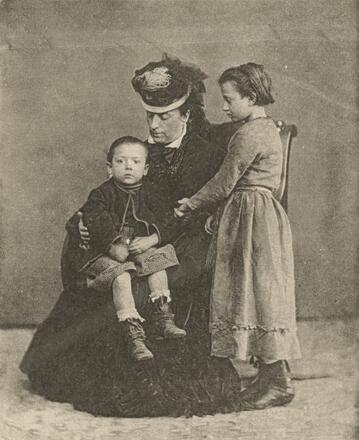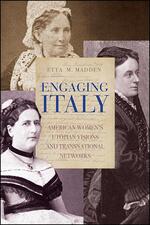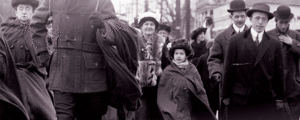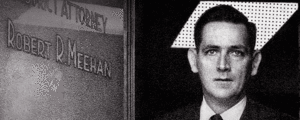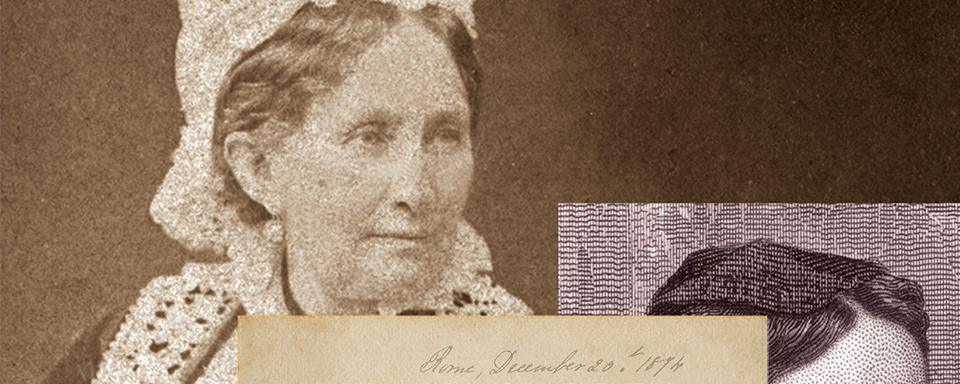
Trailing Spouse or Career Carver?
Guest Post by Etta Madden (SUNY Press Author)
In the era of dual-career couples, the phrase “trailing spouse” seems anachronistic. It is a throwback to an age when the spouse—a woman—simply stopped whatever formal education or professional development she had achieved to follow the husband’s career, wherever it might lead. The moniker conjures an image less flattering than an RV trailing a Dodge Ram.
In the worst case, the trailing spouse is merely an appendage—an unwanted tail, wagging behind as a vestige of some lower evolutionary status. In a slightly better view, she may be deemed supportive “helpmeet,” the important “woman behind the man.” Her life in the shadows of his calling is considered “lesser than,” no matter how supportive and important. When we employ contemporary experiences with committed relationships and careers to approach the stereotype, however, we may begin to rethink the metaphors and see exceptions which break the type.
Whatever the nature of the relationship—temporary partnership, open marriage, cisgender or queer relationship, polyamorous household, or something else—can the phrase trailing spouse ever capture the complexities, past or present? One person in a relationship often has a stronger vision of a future. Perhaps they articulate the vision more clearly and with a louder voice. Others are more demure or take more time for their visions to clarify. Sometimes one person secures a position with better pay and benefits prior to another. Such subtleties today enhance readings of historical evidence from the past—diaries, letters, and even published biographies—about lesser-known wives.
Recent biographies of artist Frida Kahlo, who traveled to the US with husband Diego Rivera, and author Charmian Kittridge London, who traveled the south Pacific with husband Jack, for example, depict women whose visions supported their own agency as much as their partners. Their desires also drove them. Might “career carver” be a better label for such spouses who created ways for themselves in the wake of their husbands’ grand plans?
Two women featured in Engaging Italy: American Women’s Utopian Visions and Transnational Networks similarly found ways to follow new callings—what I call their “later vocations.” They gained agency while abroad amidst the political changes associated with Italian Unification in the 1860s and 70s. Caroline Crane Marsh, a translator and poet, went to Italy as the US Ambassador’s wife. Like Abigail Adams, who joined her husband John in Paris in the 1780s, Caroline saw herself as supporting George Perkins Marsh’s contributions to the public good. Additionally, though, she oversaw teachers for a girls’ school and orphanage in Florence, chaired committees affiliated with it, and managed a household of family and guests.
Emily Bliss Gould traveled to Italy with her husband James, a retired US Naval physician. Her story also illuminates career carving. She wrote and published a children’s story and travel accounts in two periodicals before devoting her full attention to founding an industrial school and orphanage in Rome and fundraising for it. Published accounts of the era explain that Gould and her husband went to Italy for her health. Yet private correspondence reveals that his departure from the US Navy was more than a simple retirement. It involved a political power dynamic, which evolved into his career change. That is, while Gould biographies note that the sunny climate—more moderate than that of their home in New York—drove the couple abroad, a change in his medical career prompted the journey. She started assisting her husband, as he began seeing Anglo patients in Rome. Yet she set aside work with him to follow her own path. Moved by the impoverished and illiterate children she saw in Florence and Rome, Gould organized an industrial school and orphanage. The residue of Emily’s work, the Istituto Gould, remains today in Florence, a sign of how she was much more than a trailing spouse. The agency she gained as she followed these callings remains more visible than her husband’s medical work abroad.
Many nineteenth-century women–and other people in the decades since—have found ways to create meaningful work and identity. Rather than brewing the morning beverage for a supposed more important partner or drinking the dregs left in the cup, they have carved out what should be called careers. Most careers take a little carving, just as relationships demand negotiations and more than one person’s plans. In the healthiest of these situations, individuals consider others in their circles, even as they make ways for themselves.
Etta M. Madden is Clif & Gail Smart Professor of English and Assistant Department Head at Missouri State University. As a recipient of a William J. Fulbright award, she served as a Senior Lecturer in American Literature at the University of Catania in Sicily. Her books include Eating in Eden: Food and American Utopias (coedited with Martha L. Finch); Bodies of Life: Shaker Literature and Literacies; and Selections from Eliza Leslie.
(Image Credit: Emily Bliss Gould (1825-1875) with Venetian Bartoli children, from Italo-American Schools at Rome [1874], New-York Historical Society.)
